FIVE UNDERRATED JAPANESE CARS FROM THE 70S
07 February 2023
In the 70s, the Japanese motor industry was on its way to world domination. Buyers were hooked on the enticing promise of generous standard equipment and turn-key dependability; innovative though British cars were, industrial action sabotaged build quality, and ruined any chance of getting a new model when it first appeared.
The so-called ‘trickle’ of imports – at first capped by a ‘gentleman’s agreement’ to protect the home market – began with Daihatsu in 1964; Toyota followed a year later. Honda arrived in 1967, Mazda, in 1969; Datsun began selling cars in 1972.
Mitsubishi (known here as the Colt Car Company) was here by 1974, trailed first by Subaru (1977) and then by Suzuki, who got here at the end of the Seventies. Isuzu was the last to arrive; though some of its Japanese market cars were evaluated in the UK in the late Seventies, it wasn’t until 1985 that a concession to sell its Piazza coupe was set up.
The trickle, to borrow a well-worn phrase, had become a flood, but the flood wasn’t unstoppable.
Though Japanese cars may have been dynamically lacking, where they really fell down was in rust protection. Savagely rare though these cars may be, their scarcity hasn’t driven prices, though you may have to head into the sunnier parts of Europe to track a survivor down.
ISUZU 117 (1968-1981)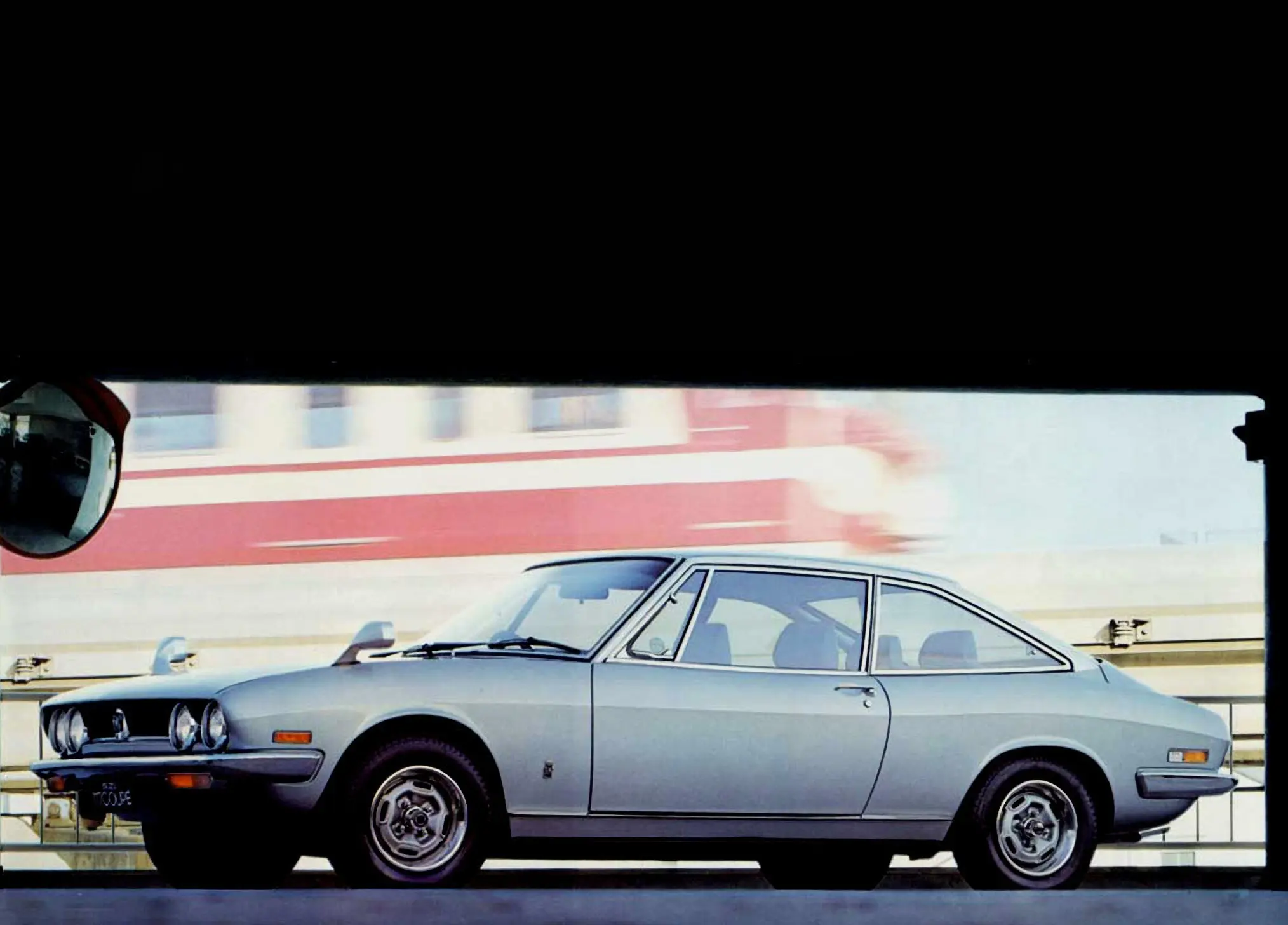
If you ever fancied a cut price, three-quarter sized Fiat Dino, then the 117 isn’t a bad bet. Never sold officially in the UK, the PA-series 117 was (and remains) a stylish Capri competitor that the UK was sadly denied.
Using Isuzu’s rear-wheel-drive Florian as a base, Giorgetto Giugiaro shaped the 117 as the Isuzu Sports while working at Ghia. Early cars were hand built; it wasn’t until investment from General Motors that prices went down and the second series (PA95) cars, built from 1973, became available.
They ran a combination of robust single and double-overhead cam 1.8-litre engines until 1977, when a square headlight facelift (PA96) upped the cubic capacity to just under 2.0-litres and added a diesel option, the first coupe to be so equipped. Yes, a diesel 117 was available if you wanted it.
Stylish, well equipped and surprisingly agile, 117s can be imported via experts like Autolink, which were responsible for the majority of the 117s currently in the country. If exclusivity is king, you’re unlikely to see another 117 on the road – even at a Japanese classic car show.
HONDA Z (1970-1972) 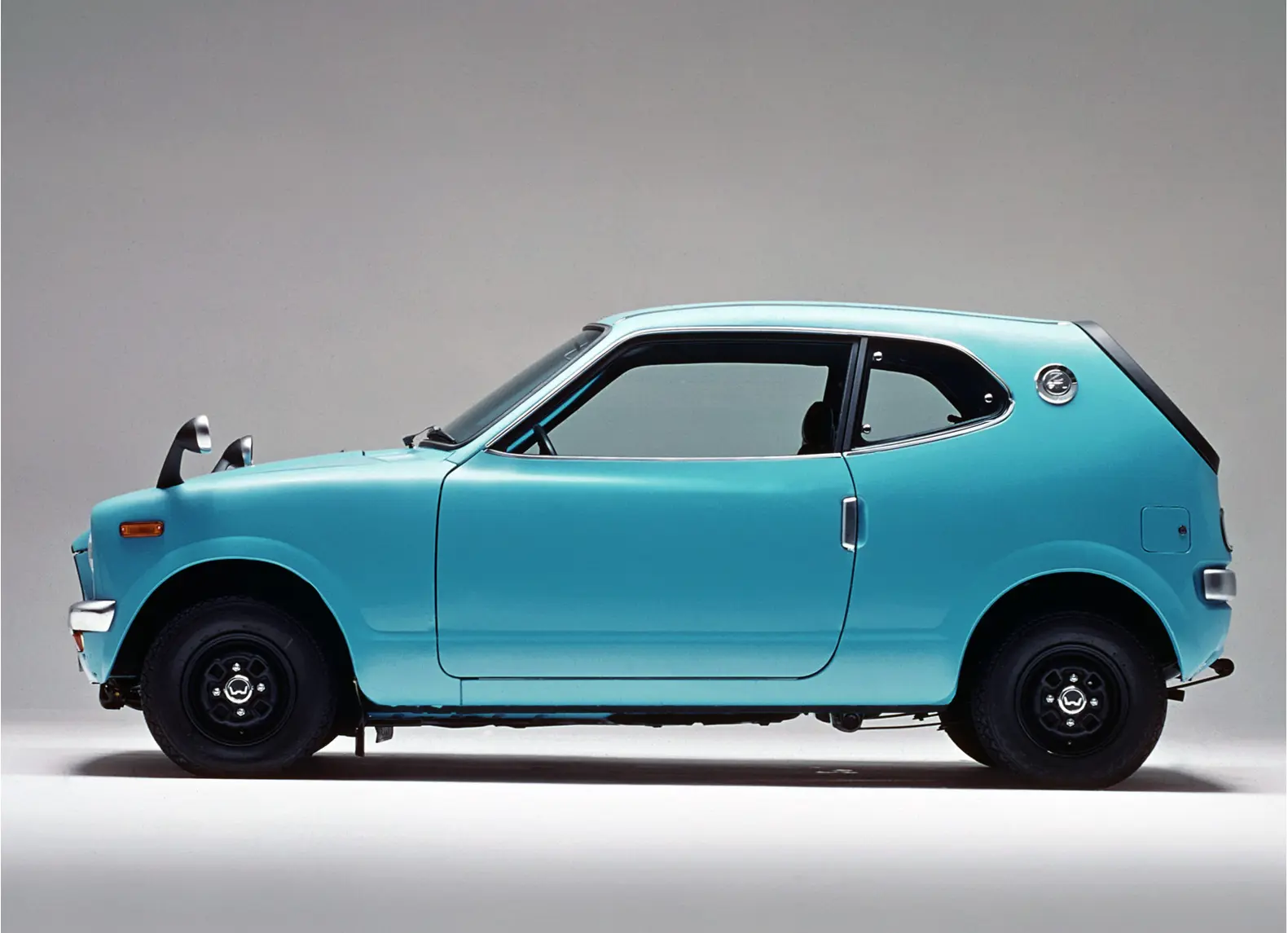
Did you think that Datsun produced the only Z? Incorrect – Honda also had a go with its Z600, known only as the ‘Z’ in the UK without denoting the engine size. Sold in a variety of wild colours, including an eye-searing orange, the Z was a contemporary Mini rival. Slightly longer in length, though narrower in gauge, the Z offered a hatchback rear end, which the Mini could not.
The British car would probably show the Z a clean pair of heels on a twisty road, but the Honda’s smaller dimensions – born from its kei car heritage – counted for much in crowded streets where manoeuvrability was key. Pulled by the front wheels, its manic 598cc twin revved far harder than the Mini’s A Series, though it wasn’t as powerful.
Driving a Z is harmless fun; it revs and screams through the gears without ever endangering life. Funkier than its counterparts, the N360 and N600, survivors are few and far between, but the Honda S800 Sports Car Club can help locate cars and spares.
DATSUN CHERRY (1972-1977)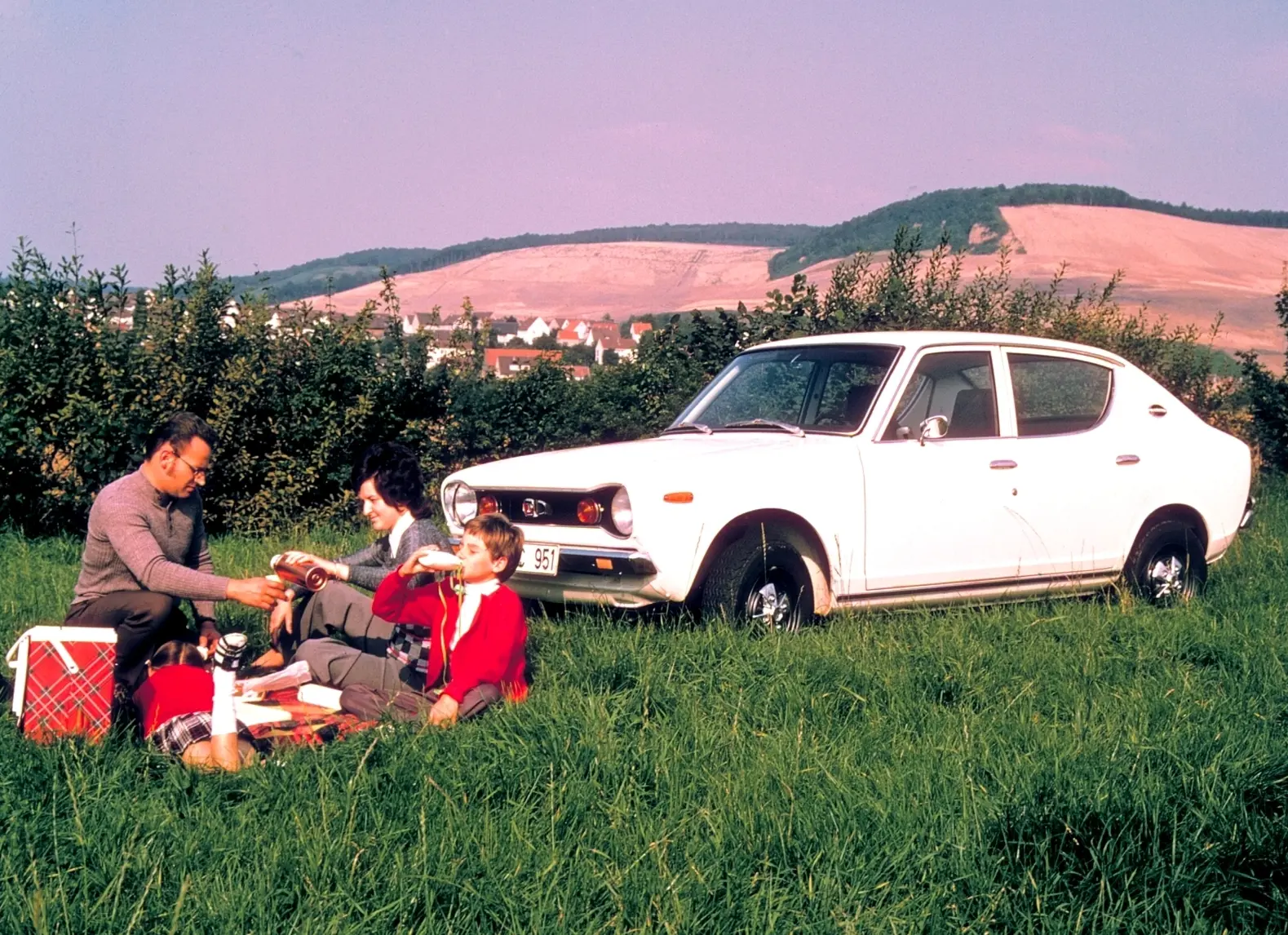
Cruelly scarce in the UK, the Cherry was one of the first cars to worry the domestic makers. The same attributes that made it desirable then still stand today; as a starter classic, it’s easy to drive, with predictable front-wheel-drive handling and a shape which won’t be as familiar on the show field.
Two-door, four-door, coupe and van variants quickly became available; before the rust set in, the reliability of these cars were legion, enticing so many buyers away from cars built closer to home.
The coupe’s faux-buttress styling meant that it stood out in traffic – and looks especially distinctive today. Both 1.0- and 1.2-litre engines were durable rather than sparkling.
Beloved across Europe, the E10 (and facelifted F10) enjoyed a renaissance among gamers in 2016 when it starred in the Finnish role playing game My Summer Car, evoking a nostalgia younger enthusiasts weren’t around to experience. Survival rates in Greece, Portugal, Spain and Scandinavia is better than in the UK, though specialist Ratdat can also advise.
TOYOTA CROWN (1971-1974)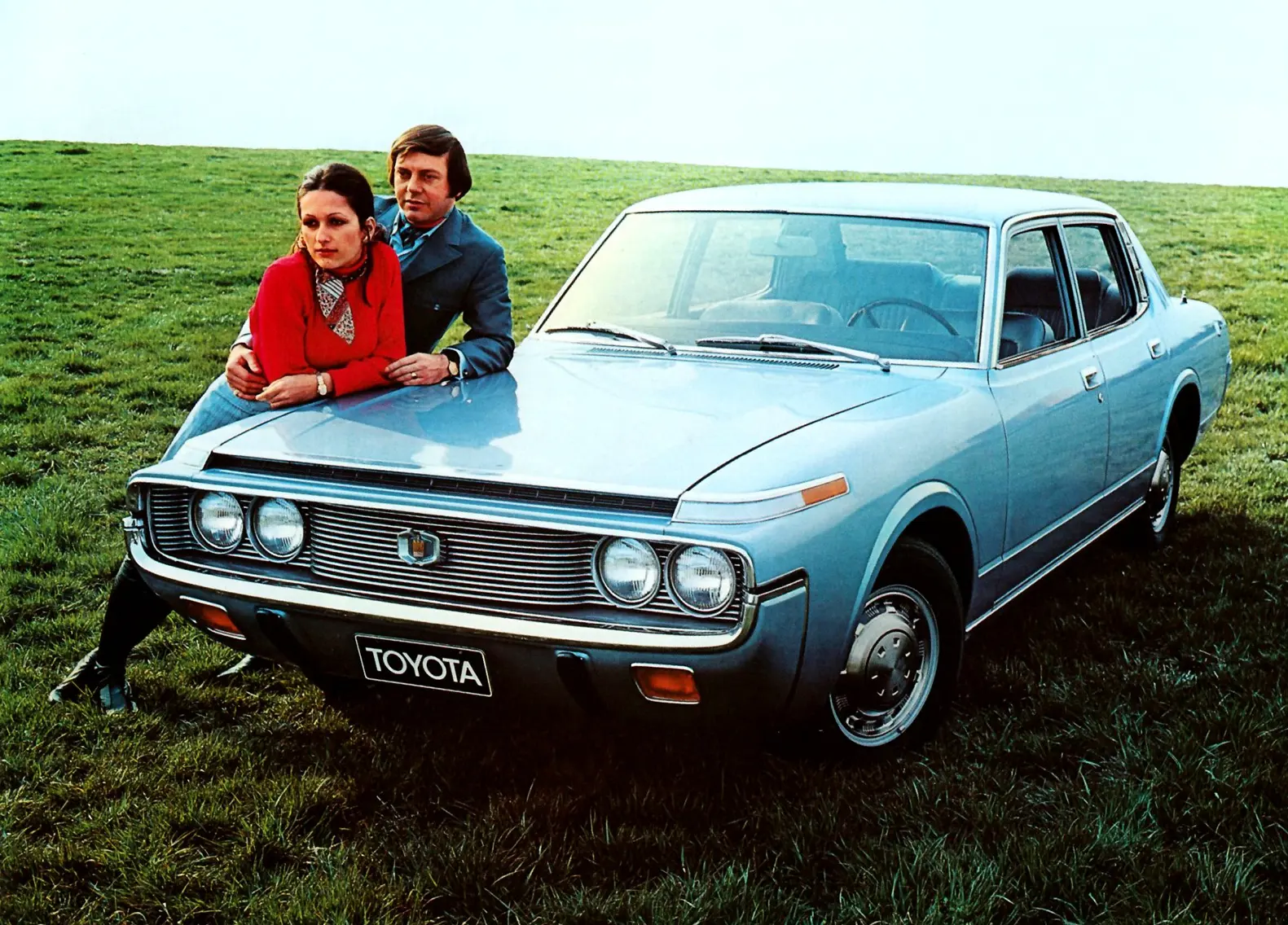
Pedigree: it’s surprisingly important in the scheme of things – and the Crown remains Toyota’s oldest running nameplate, with current models still on sale in the Japanese Domestic Market.
If you remember James Bond’s You Only Live Twice, a S40 chassied Crown was dropped in Tokyo Bay after a brief car chase.
That’s not to detract from what the Crown offered; the fourth-generation car, discussed here, brought American styling down to a manageable size for British roads. What’s more, it had an electronically controlled automatic gearbox and integrated bumpers – futuristic stuff for 1971 for which the Crown gets little recognition.
Sold primarily in the UK as the 2600 – denoting a smooth but not especially powerful 2.6-litre six-pot engine – the Crown’s ride and handling were distinctly on the comfortable side, but its ease of use and roomy cabin meant that the whole family could come along for the ride.
Sadly, low resale values, rear-wheel-drive configuration and sturdy build quality meant that many saloons and estates were worked until they dropped, or banger raced. Survivors are reasonably plentiful in Japan and kinder European climates. Ask the Toyota Enthusiasts’ Club for help in finding one.
MITSUBISHI (COLT) CELESTE (1975-1981)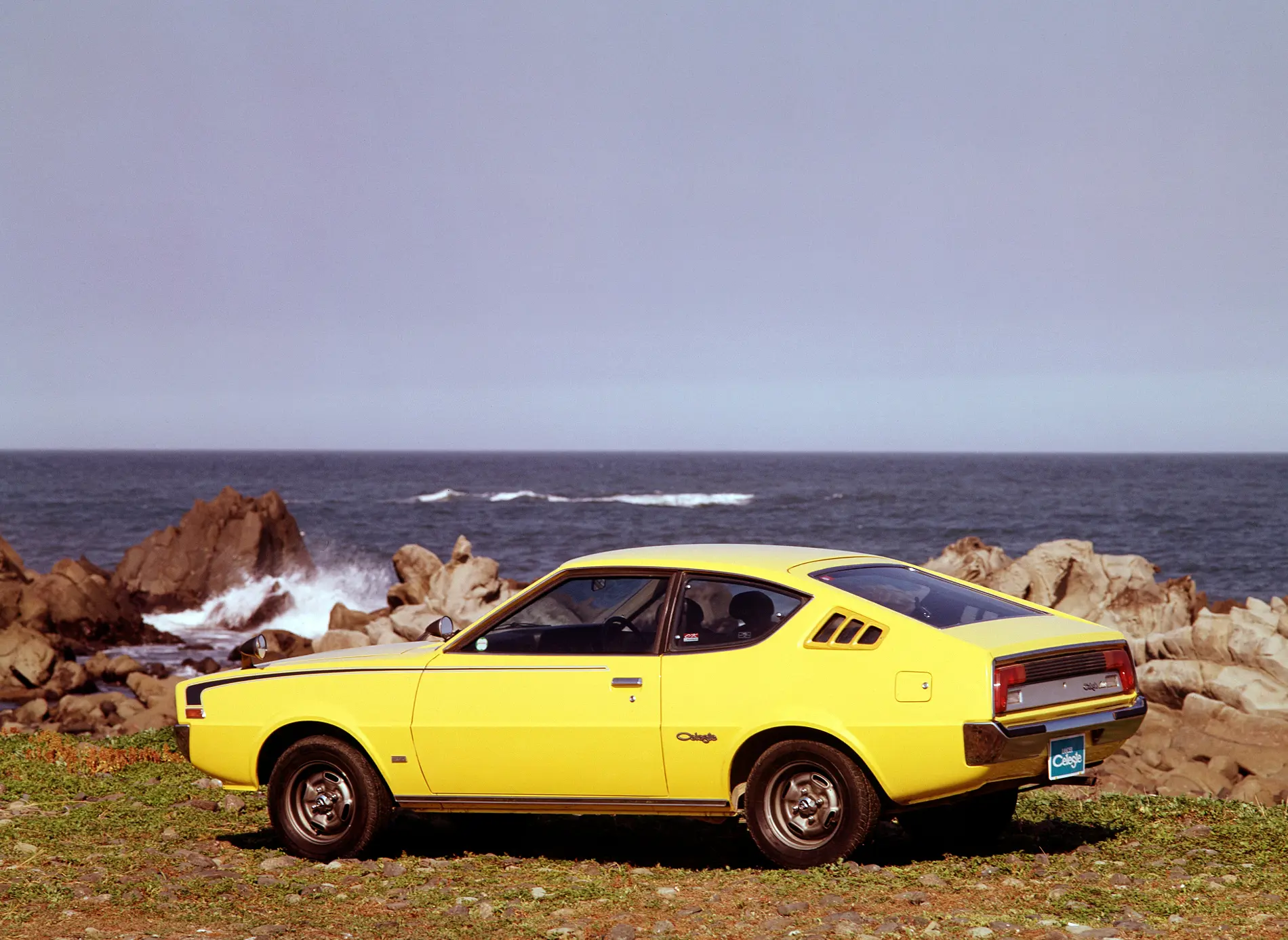
If a Capri or Manta were too rough, and an Audi 100 Coupe too expensive, you could have done worse than seek out a Mitsubishi (Colt) Celeste, marketed as ‘the smooth one’. While far from the last word dynamically, the rear-wheel-drive Celeste offered incredibly smooth engines and masses of boot space from its 2+2 coupe body.
While its basic profile didn’t change while in production, its face and tail did, receiving an update in 1978. Reliable to a fault, and with a balancer-shaft augmented 1.6 and 2.0-litre engine range, the Celeste deserved more than history acknowledged.
Like all of our contenders, rust was the enemy. Firms in the Netherlands like the Celeste Hobby Club and Superclassics, can keep these cars on the road; there’s also a bustling enthusiast community in the United States, where these cars were sold as the Plymouth Arrow. Here at Lancaster Insurance Services, we offer classic car insurance for Japanese cars to ensure your beloved vehicle is protected.
